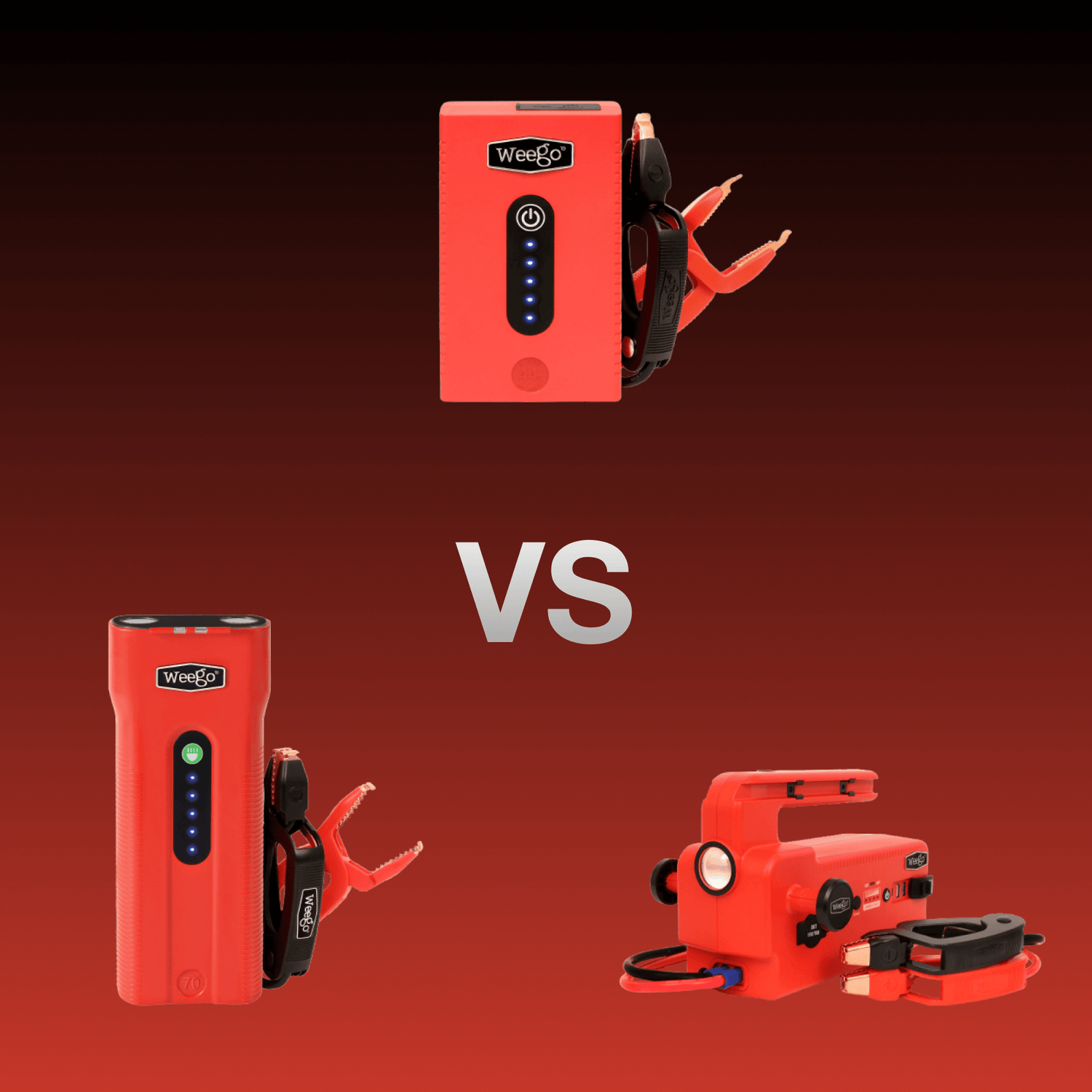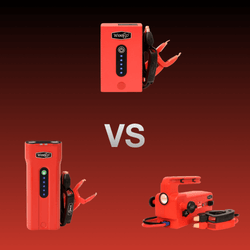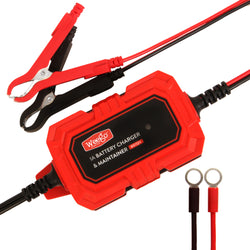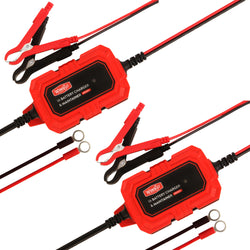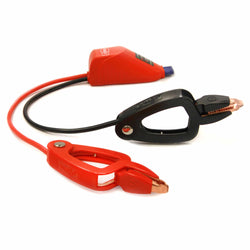Winter is a dangerous time of year for traveling, and checking in on the weather becomes an important habit before venturing outside. Knowing what the hell these people are talking about can get confusing in the jargon, so we highlighted some of the most important winter weather terms to know. Below we define the different types of precipitation, storms, and advisories you can expect to hear throughout the season.
Types of Winter Precipitation
- Rain: if you don't know what this is, I'm afraid we can't help ya!
- Freezing Rain: The most dangerous precipitation of all. This stuff starts out as snow, turns into rain, and then immediately freezes once it hits a surface. This creates a slick layer of ice, which can be hard to see on the road. Pay attention when you hear this term!
- Sleet: Snow turns into rain, then freezes back into ice and/or flakesbeforehitting the ground; this is unlike freezing rain which turns to ice right after it makes landfall.
- Snow: The pretty flakes stay intact the whole journey through and never turn to rain or ice.
Types of Winter Advisories
- Winter Weather Advisory: The least-intense advisory, this is Issued within 24 hours of potentially-hazardous weather (like the precipitations mentioned above) taking place.
- Winter Storm Watch: You'll hear this term 24-36 hours before a more significant winter storm is on the radar. Heavy snow and ice accumulations are possible. Extra caution is required when traveling!
- Winter Storm Warning: The most severe advisory, this is broadcasted when a significant storm resulting in heavy snow and ice is about to occur or already occurring. It's best not to travel!
Types of Snow Weather
- Snow Flurries: Light snow falling for short durations. No accumulation or light dusting is all that is expected.
- Snow Showers: Snow falling at varying intensities for brief periods of time. Some accumulation is possible.
- Blowing Snow: Wind-driven snow that reduces visibility and causes significant drifting. Blowing snow may be snow that is falling and/or loose snow on the ground picked up by the wind.
Types of Winter Storms (Courtesy of Accuweather.com)
- Ice storm: Results in the accumulation of at least .25” of ice on exposed surfaces. Tree branches and powerlines can easily snap under the weight of the ice, and it creates dangerous travel conditions
- Blizzard: Dangerous storm combination of blowing snow and wind resulting in very low visibilities. Heavy accumulation is likely.
- Nor'easter: This common storm runs parallel to the East Coast and can unload massive amounts of snow along the coast, typically accompanied by blistering northeasterly winds (hence the name). Not all nor’easters produce snow, but more often than not they will bring some troublesome weather and conditions. We hope we helped take the mystery out of the weather channel by bringing clarity to the jargon - stay safe out there and remember to check road conditions before venturing out!
